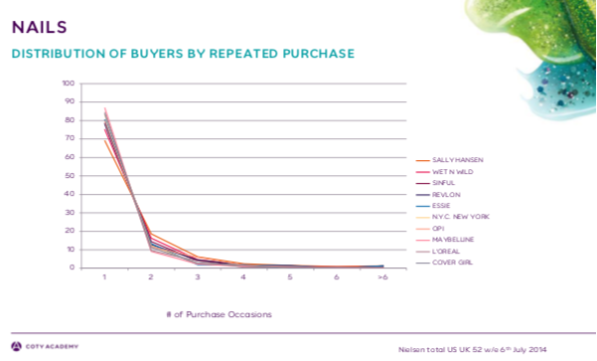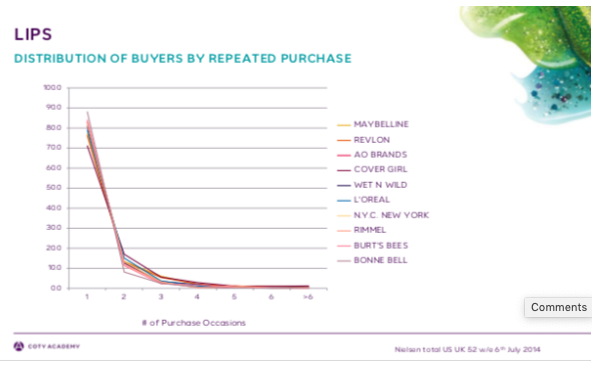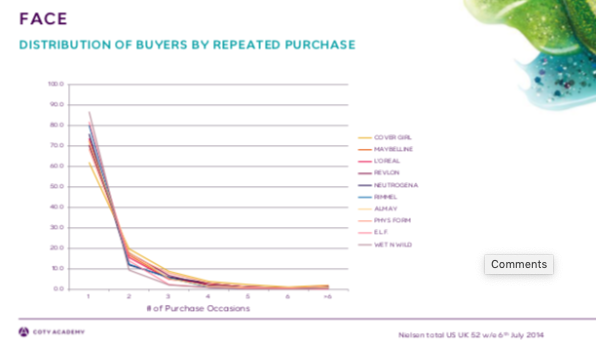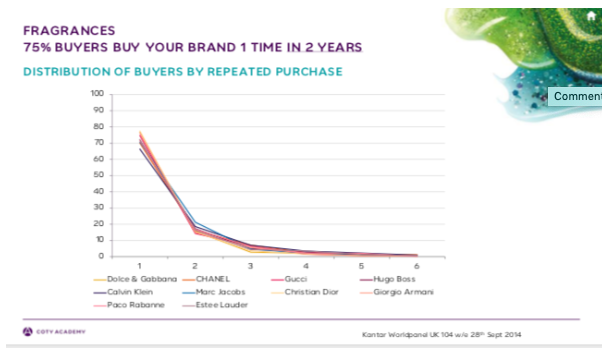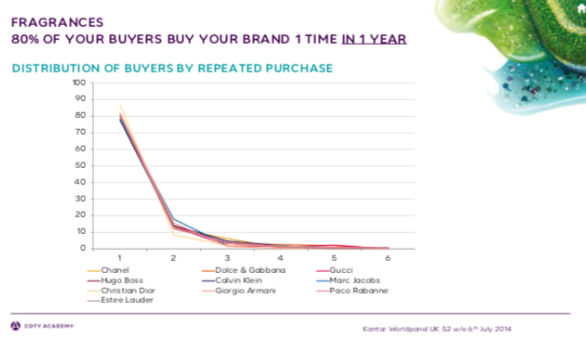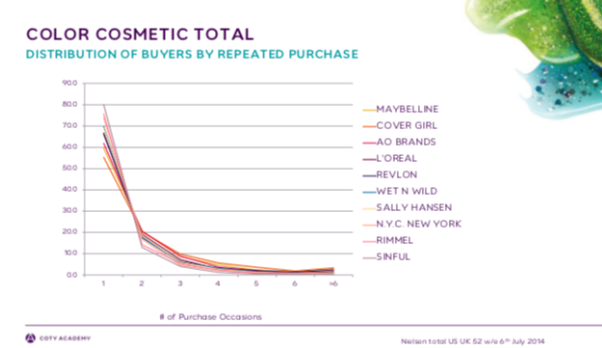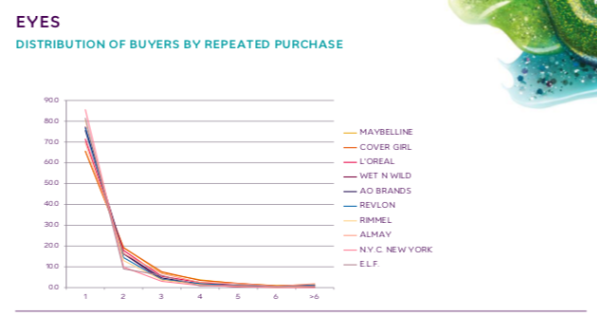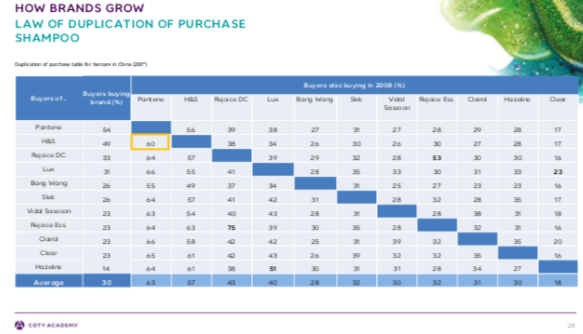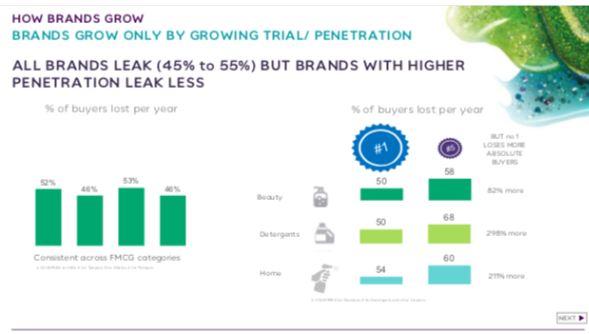How to grow your brand #1. Customer loyalty does not exist
It is a self-evident truth that without consumers, businesses would not exist. And, of course, unless they gain more consumers, they cannot grow.
So, it follows that any serious business must be a consumer-centric business. We know that our understanding of consumers will define our ability to substantially grow the size of our customer base, increase our market share and be successful.
Luckily, consumer behaviour is often predictable. This fact is supported by decades of scientific evidence.
By taking account of what we know to be tried and true about customer behaviour and building that into growth strategies, we will win more customers, enlarge our market share and be successful.
There exists a winning strategy, tested in the market, supported by science.
Customer loyalty does not exist
For decades, marketing scientists have been studying consumers. Some of what they have found is surprising. Customers do not always behave in the way we imagine.
In some cases, scientists have studied buying rates, which show how many people buy a brand once a year, how many buy it twice, three times and so on.
They have found something interesting. Again and again studies show most people buy products much less often than you might imagine.
Look at these buying patterns of beauty products. I am sure you will notice a striking regularity to buying patterns.
What is startling clear is that in any given year, studies tell us that slightly more than half a brand’s sales come from the top 20% of its heaviest-using buyers. But the remaining sales come from the bottom 80% of its buyers.
Put another way, light buyers deliver around half of all sales.
To make matters more complicated, these buyer categories do not sit still. They flex.
Next year, the heaviest 20% of CoverGirl buyers won’t be so heavy, the light buyers will be heavier and some of the non-buyers will buy. This shifting picture has been named by Byron Sharpe, in his book How Brands Grow. It is called buyer moderation.
Studies also show rival brands sell to very similar customer bases. Whoever buys from G&G also, at some point, buys Anthropologie. Byron Sharpe, in his book How Brands Grow, calls this the law of duplication.
To reiterate, this is not an opinion. it is a scientifically observable law.
So, brands are constantly fighting for the attention of all the consumers in any given category.
Sometimes one brand enjoys a large share of these customers in a sector, sometimes its smaller, depending on who is winning.
Loyalty programmes don’t work
Studies show that brands with a greater proportion of light category buyers invariably are the ones with more market share. They are winning.
What is more those, buyers are slightly more loyal than buyers of brands with less market share. This law is called Double Jeopardy.
But loyalty cannot be relied upon, because all brands lose customers. This process is known as leakage. Even Apple buyers show only a moderately higher loyalty than, say, the buyers of Dell. Divided loyalty is the norm.
Big brands such as Maybelline may lose more buyers than smaller brands such as Rimmel but those lost buyers represent a smaller proportion of their overall customer base. Put another way, buyer loss is proportionate to market share. We call this retention double jeopardy. (See below).
Clearly, loyalty is weak. It follows that loyalty programmes, targeting heavier users, can only ever enjoy limited success.
To grow, reach large audiences of light buyers
To grow science tells us marketers need to cost-effectively reach large audiences of these constantly shifting light buyers.
By doing so our brands will be more popular, win more buyers, we will enjoy greater penetration and we will be successful.
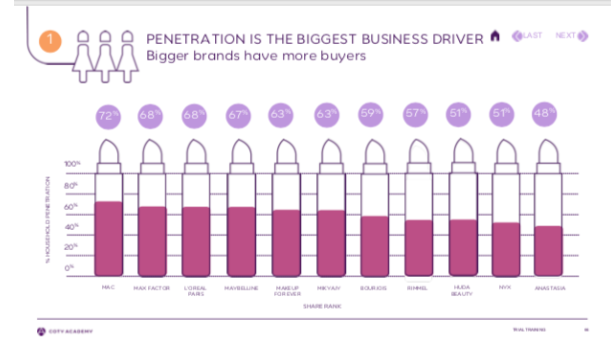
Related stories
How to grow your brand #7. The importance of “sufficiency”
How to grow your brand #6. Building mental availability through “always on” communication
How to grow your brand #5. How to build mental availability through branding
How to grow your brand #4. Portfolio availability
How to grow your brand #3: mental and physical availability
How to grow your brand #2. Distinctiveness matters, not difference
How to grow your brand #1. Customer loyalty does not exist
About the author

My name is Andy Pemberton. I am an expert in data visualization. I guide global clients such as Lombard Odier, the European Commission and Cisco on the best way to use data visualization and then produce it for them: reports, infographics and motion graphics. If you need your data visualized contact me at andy@furthr.co.uk or call 07963 020 103
Posted in: Uncategorized
